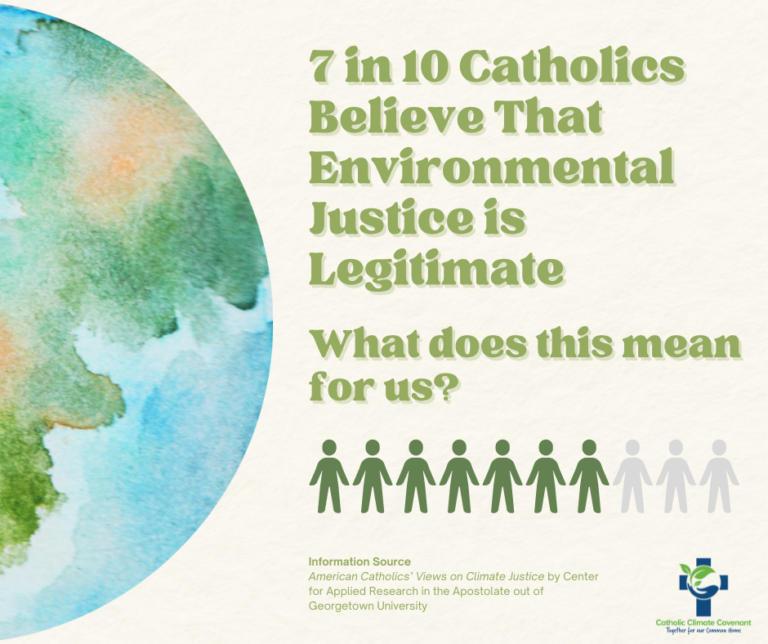Sometimes when a newly married couple moves in together they get a dog. Well, my husband and I decided to get 1,200 worms.
Inside my worm bin, I observe the cyclical nature of life. From all the distractions that can bring me to be so far removed from the natural rhythms of the earth, the worm bin stands as a place to connect again to what is natural.
These worms are called “red wigglers” and they eat our food scraps and create soil. It was not my first time taking care of a Rubbermaid bin full of composting worms. My friend Elena taught me about keeping a balanced ecosystem in the bin sitting underneath a side table in her dining room. I watched the worms crawl in the soil scattered with “brown matter,” such as newspaper or thin cardboard scraps, and “green matter” like apple cores and banana peels. I knew it worked for Elena, so I knew it would work for us.
I found a bin in my parents’ basement and drilled holes along the sides for air circulation. The worms came in the mail in a little sack and I placed them in the bin with some soil. When they got accustomed to their new home, we started feeding the red wigglers. I’d chop up some vegetables for dinner and set aside the stems and seeds for the worms, walk over to the vermicompost bin, take a spoon, and make a place in the soil for the stems and seeds and cover them with the soil. My husband and I learned their eating habits and soon enough got into a routine of feeding them.
We started a worm bin because we needed a way to manage our kitchen waste. Moving into our first apartment together meant that there was no backyard to keep a compost tumbler. Unfortunately, my town does not offer municipal compost pick-up or drop-off. Vermicomposting was a great alternative and we can keep it inside to compost year-round. We learned that worms eat slowly, so we began storing the food scraps in the freezer to prevent odor and mold. Any overflow we drop off at a community garden nearby.
Over the years, I have heard vermicomposting soil being called “super poo” and “black gold.” The soil is created by the process of worms eating and digesting organic waste and excreting worm castings. The pamphlet given with my worm delivery from Uncle Jim’s Worm Farm states that, “Their castings are one of nature’s finest plant nutrients: 7 times richer in phosphates, 5 times richer in nitrogen and 11 times richer in potash than that average lawn soil.” Adding this “black gold” to your backyard can give you a lush and healthy garden. Quality soil can reduce the use of synthetic fertilizer, improve water retention, store carbon from the atmosphere in the ground, and so much more.
Every so often, green sprouts pop up in the nutrient-rich soil of the worm bin. Last summer, I gave the sprouts a chance to grow in the sun. In a small terracotta pot, I shoveled some composted soil and a few sprouts, placed them on the patio, and began watering them daily. The hardiest sprout grew into a tall tomato stalk, but by then it was too late in the season for it to produce fruit. When a squirrel knocked the pot over, I decided to bury the stalk so it can turn back to soil.
By sharing the joy and love of squiggly worms, I hope to extend this reminder to restore our roots in God’s creation. It is through our hearts and minds that we become moved to challenge the overwhelming reality of overflowing landfills, soil degradation, and lack of fresh produce in our meals. At the least, I’ve begun to discern how to use what is unique to me with directed time and energy dedicated to my corner of the earth, my home, and really, our home.


